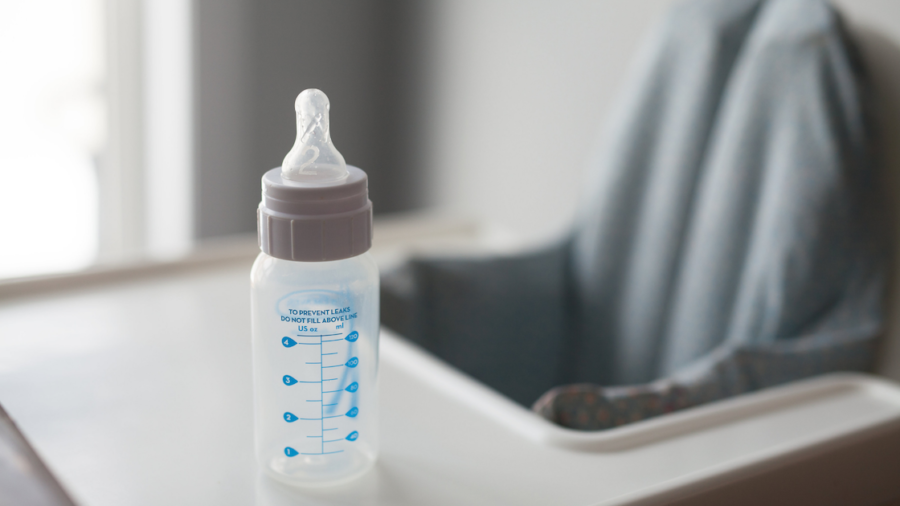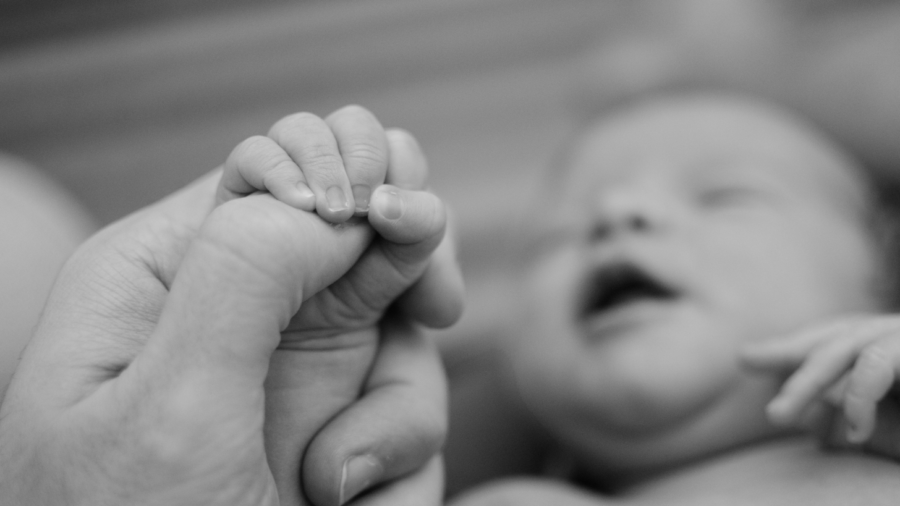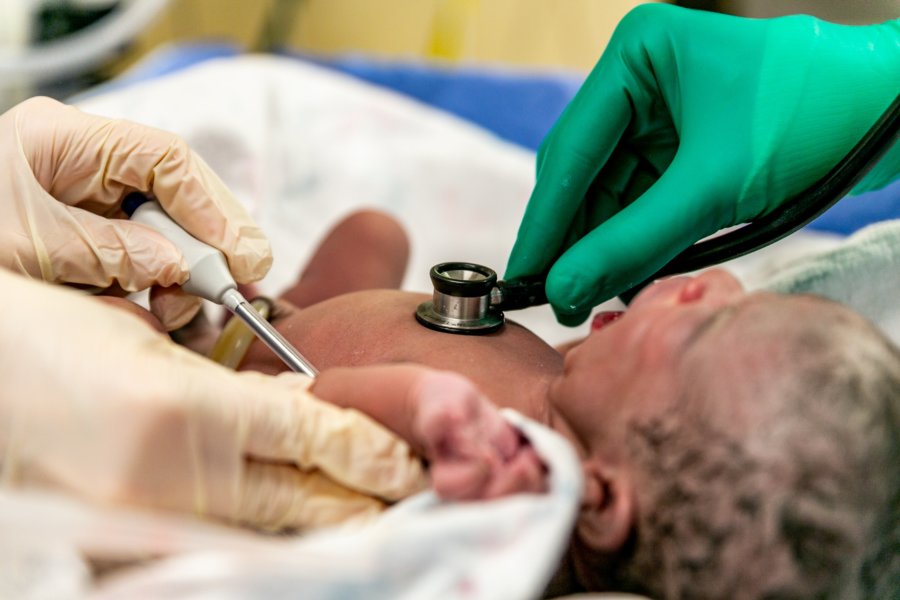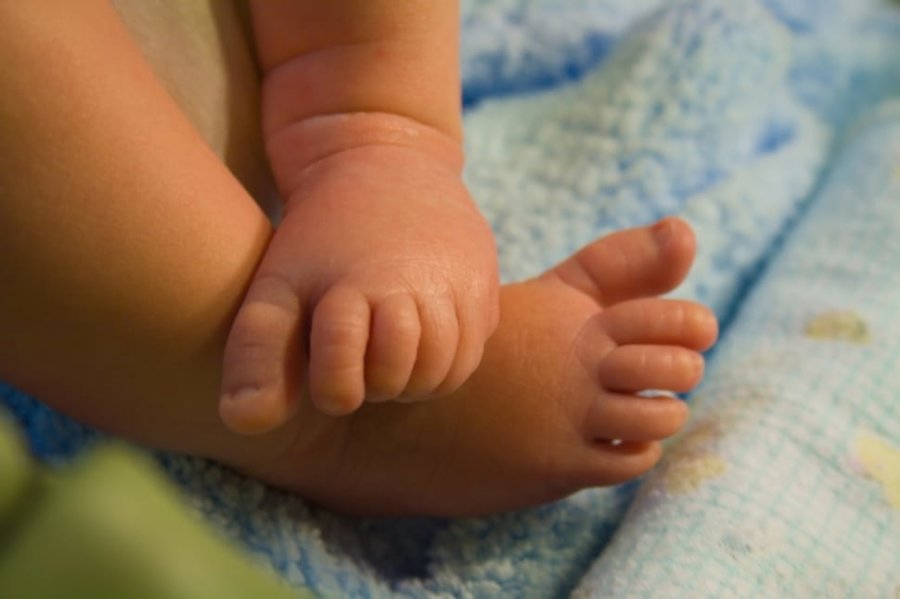Navigating pregnancy and infancy is complex and very taxing. There are many things you need to be aware of at all times. If you are a first-time mother, it can be even more difficult and stressful. There is no one-size-fits-all how-to manual on entering motherhood, but there are helpful resources that exist to help put minds at ease. One of the best resources for those who are busy and do not have time to read a book or attend a class is listening to a podcast. You can play them in the background, on the go, and when you’re multitasking. Let’s take a look at some of the best pregnancy and birth podcasts available, as featured in an article on Big City Moms.
The Birth Hour
This podcast is a saving grace for those who are interested in everything related to birth stories. There are many experiences told by special guest speakers who have all had to go through the process of giving birth; some examples include giving birth in an RV, delivering breech twins, natural births, water births, and c-sections. Their website provides a quiz on which birth setting might be the best for you. Listeners have described this podcast as extremely helpful, and some have said it opened their eyes up to birthing possibilities they did not consider at first.
Informed Pregnancy
Hosted by doula Dr. Elliot Berlin, this podcast contains large amounts of information that new moms should take into consideration. Berlin is a chiropractic doctor and childbirth educator, so it is safe to say that she definitely knows what she is talking about. One of the best episodes on the show is her interview with Ricki Lake. She delves into a wide range of topics such as birth plans, CPR safety tips, and vaccinations so that moms can keep themselves and their babies safe.
40 Weeks Pregnancy
This podcast might be the coolest on our list. You can listen to an episode of this show every week throughout your pregnancy, and it updates you on what to expect and how to deal with particular challenges you might be experiencing. Each week you can tune in to how your baby is likely developing and how to guide yourself through the journey.











